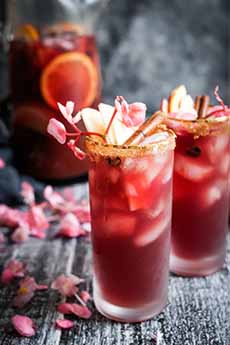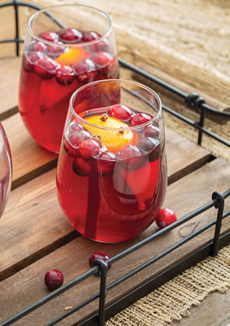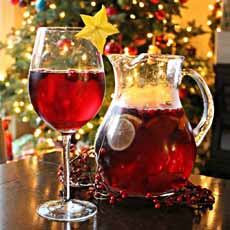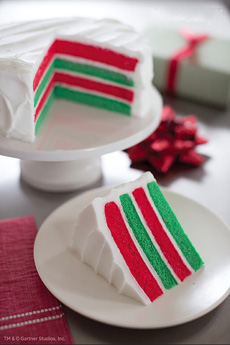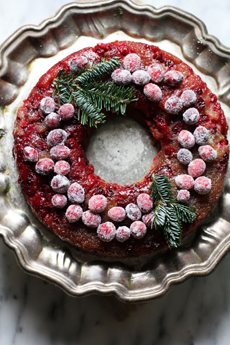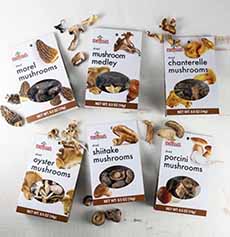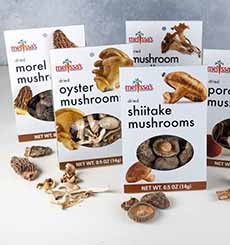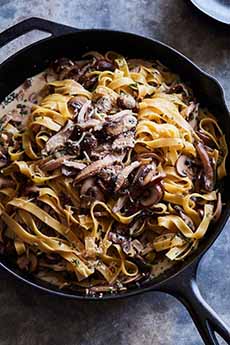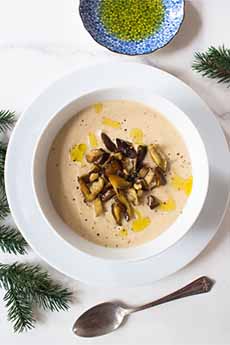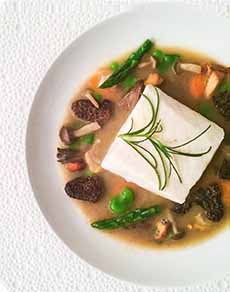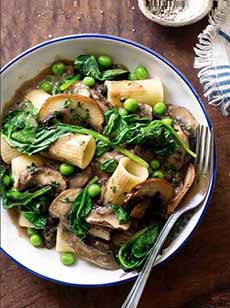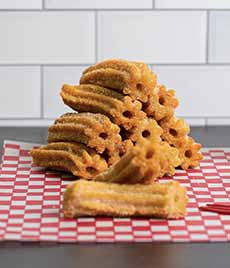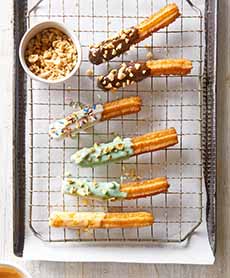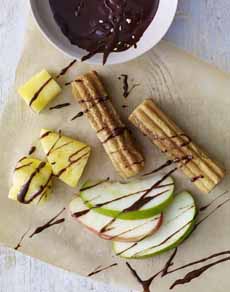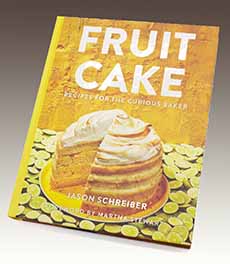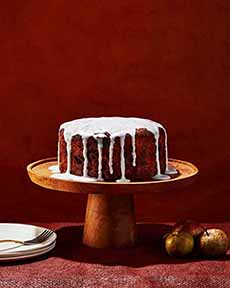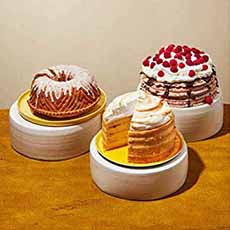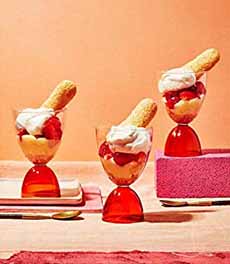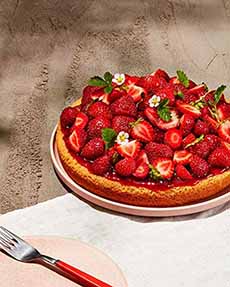|
People who love to cook will appreciate this gourmet dried mushroom sampler from Melissa’s, an online purveyor of fine fruits and vegetables.
Their Mushroom Medley Sampler contains individual packages of five gourmet mushrooms:
Chanterelles
Morels
Oyster*
Porcini
Shiitake
When these varieties on hand, there are many opportunities to add great flavor your cooking at breakfast, lunch and dinner.
See our favorite ways to use them, below.
HOW TO USE DRIED MUSHROOMS
To reconstitute them, simply blanch them in boiling water for 2 to 5 minutes, or soak them for 30 minutes in lukewarm water.
For even more flavor, soak the mushrooms in wine or consommé.
The liquid, drained of the rehydrated mushrooms, is known as mushroom liquor.
Reserve the liquor to add even more flavor to your dishes.
Add to a soup or braising liquid, replacing an equal amount of water.
Add to a vegetable stir-fry, to prevent the vegetables from drying out.
Use as a vegetarian/vegan substitute for chicken broth.
Use it instead of water to cook grains.
ANYONE WHO TURNS ON A STOVE CAN USE DRIED MUSHROOMS
Dehydrated mushrooms are not just for the pantry of a good cook. They’re a hit with:
Dieters (mushrooms have 15 calories/cup).
Vegans/vegetarians.
Anyone seeking a more sustainable, plant-based diet.
Anyone who wants to eat healthier
Mushrooms contain protein, vitamins, minerals and antioxidants. Check out the various health benefits.
OUR FAVORITE WAYS TO USE WILD MUSHROOMS
The flavor of dried mushrooms is slightly more concentrated than that of fresh mushrooms.
As a result, they add more flavor than fresh mushrooms.
Breakfast: Sautéed mushrooms in frittatas, omelets and scrambled eggs; on toast with shaved parmesan and herbs.
Lunch: Sautéed atop burgers, grilled cheese, panini; gourmet mushroom pizza; quiche.
Dinner: Add to braises (photo #7), ragouts, sauces and stews, along with the mushroom liquor; plus risotto and other grain dishes.
Side: Sautéed atop or to the side of grilled or roasted chicken, fish (photo #6), pork, steak; gratins.
Pasta: Sautéed as a topping or mix-in for any pasta (photo #3), including mac and cheese.
Soup/Stew: Add to the soup base, or use as a garnish (photo #4).
> GET YOUR MUSHROOM SAMPLER AT MELISSAS.COM.
> THE DIFFERENT TYPES OF MUSHROOMS
A BRIEF HISTORY OF MUSHROOMS
Mycophagy, the act of consuming mushrooms†, dates back to ancient times. People foraged for them in fields and forests.
Edible mushroom species have been found in 13,000-year-old archaeological sites in Chile.
Ötzi the Iceman, the mummy of a man who lived between 3400 and 3100 B.C.E. in Europe, was found in the Alps carrying two types of mushrooms [source].
But as civilization and cuisine in the Western Europe of the Middle Ages, mushrooms fell off the radar as a culinary focus.
Mushrooms Become Fashionable
They were still gathered by country folk to supplement their diets, but mushrooms were not on the tables of the well-to-do.
Until the middle of the seventeenth century.
Then, a melon grower outside of Paris accidentally “discovered” the potential of growing and selling mushrooms.
He (or his wife) poured out some water that had been used to wash wild mushrooms they had gathered.
In a short while later, a crop of mushrooms sprouted in that spot of soil.
It was the start of the era of the cultivated mushroom. The farmer evolved from melon grower to mushroom grower—a much more profitable undertaking since mushrooms became the hot new ingredient among the chefs of Paris. Other farmers joined the fold.
The “champignon de Paris” became a must-have for cooks and their employers, and for home cooks.
A couple of centuries later, Americans embraced the mushroom.
One of the first English language mushroom cookbooks, published in 1899, is Kate Sargeant’s One Hundred Mushroom Receipts [source].
Mushrooms have remained an important part of Western cuisine. They have found their way into cuisines around the world.
Today, more than 20 species are commercially cultivated, in at least 60 countries.
The biggest producers are China, the U.S., Poland, The Netherlands, and India being were the top five producers in 2013 [source].
Today, the most commonly consumed variety of mushroom is the button mushroom, Agaricus bisporus. It comprises about 40% of the mushrooms grown around the world.
It’s easy to grow‡. While it adds flavor to recipes and can be eaten raw in salads or on crudité plates, it is also the blandest mushroom.
Mushrooms Are Not Vegetables!
Some mushroom biology:
Because they have no leaves, roots or seeds and don’t need light to grow, mushrooms are not a true vegetable.
Botanists have given mushrooms their own kingdom in the taxonomy of organisms that is separate from plants and animals: Fungi.
Vegetables, fruits and other plants are members of the Plantae kingdom. Here’s more about it.
But you don’t have to remember the details: Just enjoy mushrooms often.
A meaty portobello cap is a great substitute for meat.
In fact, because of the way they are grown indoors, mushrooms are one of the most sustainable foods on the planet [source].
|
